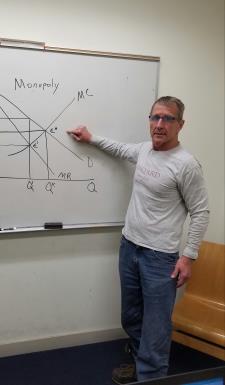1. For two generic random variables Zi and Wi the Law of Iterated Expectations (LIE) says that:
E[Wi] = EZ [E[Wi|Zi]] E[Zi] = EW [E[Zi|Wi]]
You are given the following regression model:
Yi = β0 + β1Xi + ui
and you are told that E[ui|Xi] = 0.
a) Does A1 hold?
b) Is β1 the causal effect of Xi on Yi?
c) Show that E(ui) = 0. Interpret what it means.
d) Show that Cov(ui, Xi) = 0. Interpret what it means.
2. Consider two random variables Ti and Gi. To answer the following questions a simple sketch is enough.
a) Draw a scatter plot such that Cov(Ti,Gi) is positive and R2 is high and close to 1.
b) Draw a scatter plot such that Cov(Ti,Gi) is positive and R2 is low.
c) Draw a scatter plot such that Cov(Ti,Gi) is negative and R2 is high and close to 1.
d) Draw a scatter plot such that Cov(Ti,Gi) = 0. What would be the value of the R2 in this case? Explain in detail. (Hint: use the OLS estimator for the slope of a simple linear regression to answer)
3. Suppose that the true relationship between the variables Yi and Xi is given by: Yi = α + βXi + ui
with ui = Wi + Zi, where Wi, Zi are additional variables that you are ignoring and that end up in the error term.
a) Suppose that Cov(Xi, Wi) > 0 and that Cov(Xi, Zi) > 0. Is it possible that A1 holds in this situation? Please explain why using both formality and intuition.
1
b) Suppose that Cov(Xi, Wi) > 0 and that Cov(Xi, Zi) < 0. Is it possible that the regressor is uncorrelated with the error term? Can you say precisely when this is the case?
c) Does Cov(Xi, ui) = 0 imply that A1 holds?





